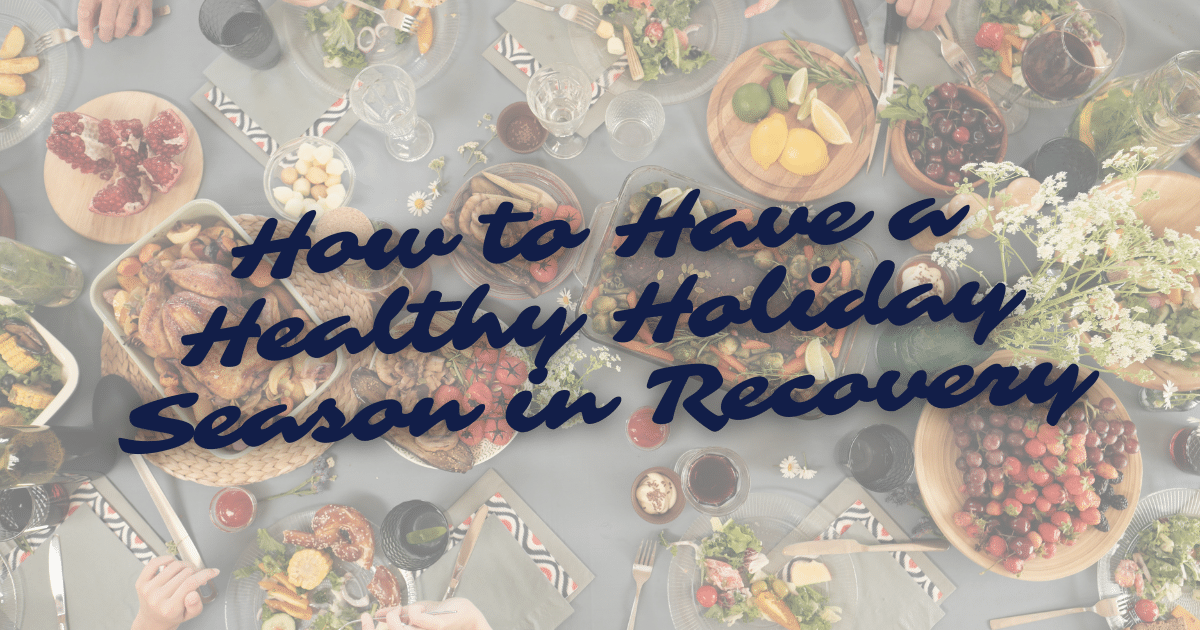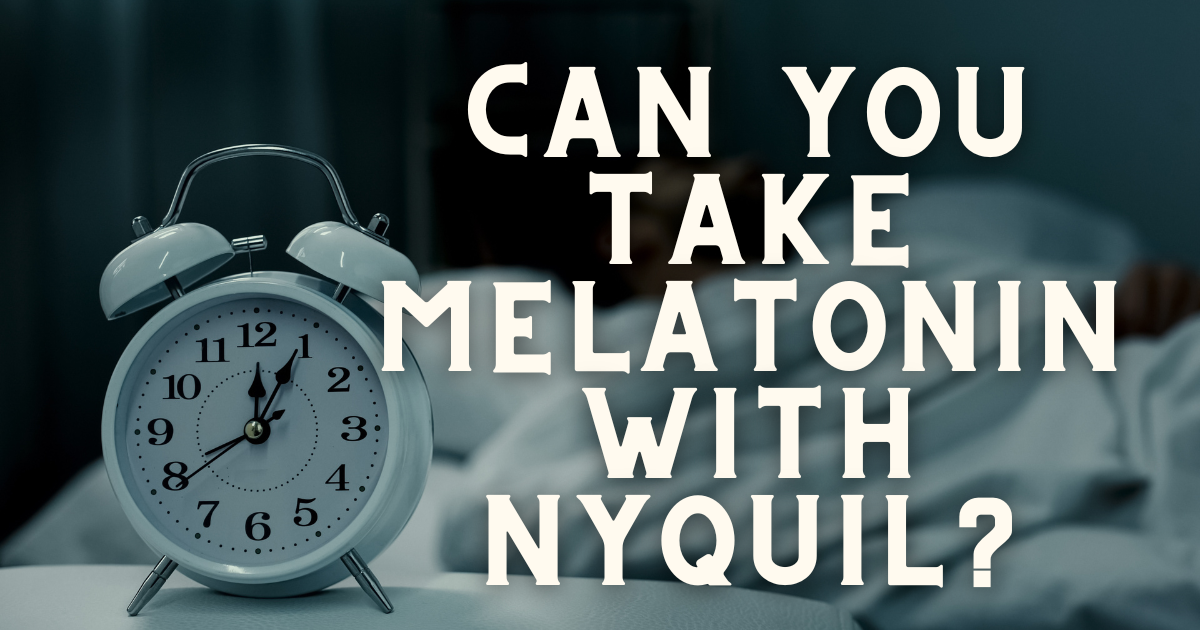When someone is influenced by a group of peers to act a certain way, dress in a certain style, have a certain attitude, or take part in certain activities, they are experiencing peer pressure.
Though certainly not the only time people will feel pressured by their circle of peers, peer pressure is most commonly felt through the years of adolescence and young adulthood.
As teens grow more independent, their peers play a bigger role in their lives. Because they are with their social circle, they are exposed to situations where influence from their peers can be hard to resist.
Research has shown that teens and young adults are heavily influenced by the actions and opinions of their peers in a variety of situations. Today, we’ll be exploring the various effects of peer pressure on drug use and substance abuse.
Peer Pressure and the Teenage Brain
Why is it that teens are so susceptible to peer pressure? The answer lies in their brains.
A study showed that when peers are around 12-16 years old, they partake in double the amount of risky behavior while college undergraduates increase risk taking by 50%. In this experimental study, peer pressure had no impact at all with the participating adults.
Science has shown that this is due in large part to the fact that the prefrontal cortex of the adolescent brain is going through rapid changes, but it is not yet fully developed. There is evidence to suggest that there are other familial and genetic factors at play, but that research is ongoing.
Peer Pressure Examples
When surveyed, 90% of teenagers reported that they had been influenced by peer pressure. Nearly half of the group admitted to being mean to someone after a friend was mean to them as well. 28% of teens stated that their social standing was improved after giving in to peer pressure.
There are different kinds of peer pressure that are experienced.
Positive Peer Pressure
Not all peer pressure is negative. Some examples of positive ways a peer group can influence someone include:
- A close friend stays productive and is able to achieve some amazing goals by staying on task with to-do lists. This influences you to make lists and set goals, too
- Seeing your friends eating healthy and exercising influences you to do the same
- Your group of friends chooses to remain sober, and because you admire them you are influenced to abstain from drugs and alcohol as well
Negative Peer Pressure
Generally, peer pressure is associated with negative outcomes. Examples of negative peer pressure include:
- Your coworkers tease someone for packing their lunch each day, influencing you to get takeout and spend a lot of money you don’t have to spare
- Your group of friends misuses prescription drugs. To fit in with the group, you steal some out of your parents’ cabinet and join in
- Your classmates all skip school influencing you to do the same so that you aren’t the only one to show up
The Effects of Peer Pressure
Peer pressure plays a large role in the decisions made by teens and others. These outside influences can be good or bad.
Taking Risks
The National Institute on Drug Abuse performed a study to look into this issue. The researchers monitored the brain activity of all the teens who participated in the study and found that teens were more likely to take risks if they knew that two or more of their friends were observing them. The research showed that the reward center of the teens’ brains lit up by simply knowing that their friends were watching them take risks.
Taking risks leads to a dopamine rush that makes someone feel good in the moment.
Dangerous Choices Involving Drugs, Alcohol and Other Substances
When young people are around their friends and drugs or alcohol are being used, they may be more likely to participate in using them simply because their friends are there.
When questioned about their alcohol and drug use, teens reported that the more friends they had that used alcohol or drugs, the more likely they were to use the substances as well.
Teens and young people want to fit in and saying no to drugs or alcohol can make them feel like an outcast. This can make it difficult for them to say no to using these substances. A majority of teens who saw their friends partying and using alcohol and drugs on social media said that it made them want to do the same thing.
Alcohol is heavily abused by young people, with 72 percent of students reporting consuming it. Two-thirds of high school sophomores have abused alcohol, and many blame peer pressure.
According to the Substance Abuse and Mental Health Services Administration (SAMHSA), 30 percent of teens are pressured to use drugs in middle school or high school.
The Monitoring the Future Survey found that teens are more likely to do drugs or drink alcohol when they have friends who do the same, and then they are more likely to pressure other friends into participating.
Using drugs or alcohol leads teens and young adults to participate in risky behaviors that can have dangerous consequences. These behaviors can result in:
- Accidents
- Addiction
- Alcohol poisoning
- Asphyxiation
- Death
- Driving under the influence
- Overdose
- Sexually transmitted diseases
Positive Peer Pressure & Recovery
While peer pressure can often lead to negative consequences, it can also be beneficial in recovery from drugs and alcohol.
Remember that teens are more likely to make decisions based on who is watching them. Knowing that their friends in recovery are watching them can influence them to remain on the path to recovery. Having friends in recovery can influence them as well, encouraging them to remain sober.
What Comes Next
If you or a loved one has been influenced to start using drugs or alcohol and are looking for a way out, we are here to help.
At Landmark Recovery, we have the skills, knowledge, and several programs to beat addiction and get on the road to recovery and a better life.
Call us today at 888-448-0302 and we’ll be delighted to discuss your options.

Choose Recovery Over Addiction
We're here 24/7 to help you get the care you need to live life on your terms, without drugs or alcohol. Talk to our recovery specialists today and learn about our integrated treatment programs.





